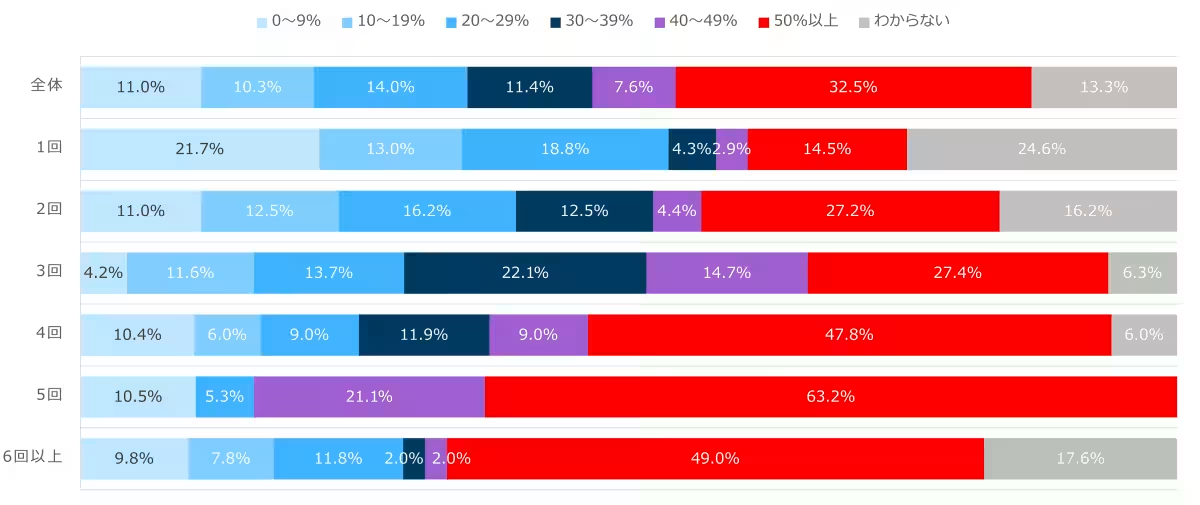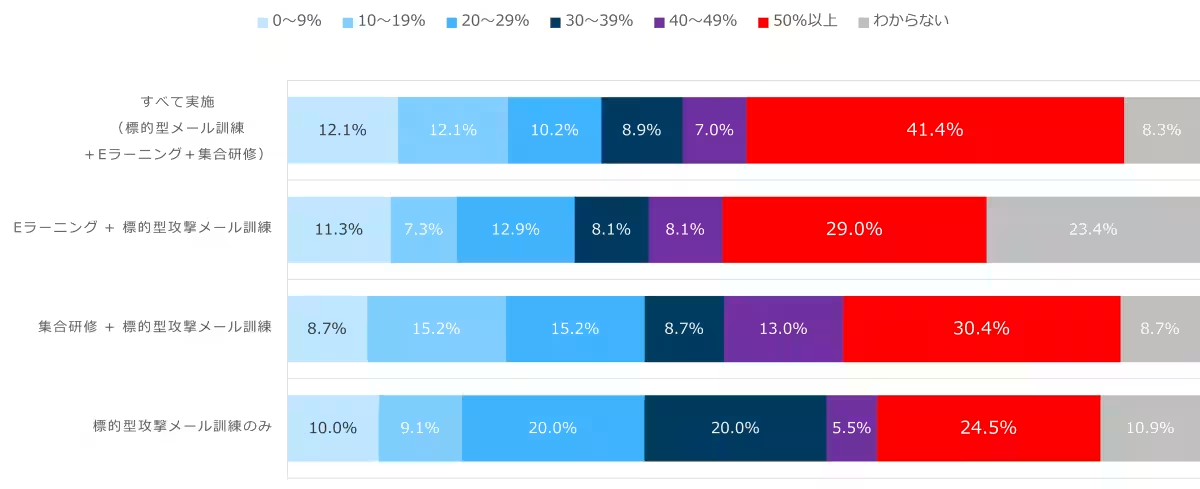

Achieving a 50% Reporting Rate for Suspicious Emails with Targeted Training: A Study on Security Education Effectiveness
The Importance of Targeted Email Security Training
In recent years, the threats posed by cyberattacks have surged, with targeted phishing emails being a significant concern for businesses and organizations. In light of these challenges, LRM Inc. conducted a comprehensive survey involving 1,159 employees from the private sector and government institutions to assess the effectiveness of targeted attack email training.
Survey Findings
The results revealed that increasing the frequency of training was correlated with a notable rise in employees' reporting rates for suspicious emails. Specifically, organizations that conducted training sessions four times a year saw over 63% of their employees reporting suspicious emails. In contrast, those that held only one session achieved a mere 14.5% reporting rate.
Detailed Analysis
The study explored the relationship between training frequency and email reporting rates:
- - Training Frequency: Organizations conducting targeted email training four or more times annually reported a suspicious email reporting rate of over 50% in 63.2% of cases. Conversely, those with only one training session recorded a mere 14.5%.
- - Types of Security Education: Organizations implementing a combination of e-learning, group training, and targeted email training achieved a reporting rate above 50% for 41.4% of their employees. In contrast, those solely using targeted email training reached a reporting rate of just 24.5%.
- - External Support Impact: Organizations that received assistance from external partners recorded a higher rate of suspicious email reporting at 42.1%, compared to 23.2% in organizations without such support.
These findings emphasize that a strategic approach to security education can significantly enhance an organization's ability to combat cyber threats effectively.
Implications for Organizations
The results underline the importance of cultivating a security-conscious culture among employees. Organizations are encouraged to:
1. Conduct Regular Training: Implementing at least 4 to 5 training sessions annually can effectively heighten employees' risk awareness and bolster their security consciousness.
2. Diversify Security Education: Beyond targeted email training, implementing e-learning modules and conduct group workshops can further uplift employee awareness and engagement in security practices.
3. Engage with External Experts: Partnering with cybersecurity experts can enhance the quality of training and foster a deeper understanding of security protocols among employees.
Conclusion
The research conducted by LRM Inc. highlights the direct correlation between the frequency and quality of cybersecurity training, and its impact on the reporting rates of suspicious emails among employees. Investing in comprehensive training strategies is not just beneficial, but essential for organizations keen on reinforcing their cybersecurity frameworks and ensuring a robust response to potential threats. By fostering an environment where security awareness is prioritized, organizations can mitigate risks and protect their assets more effectively. In a world where cyber threats continuously evolve, proactive training methods are critical to sustaining a secure organizational environment.





Topics People & Culture)










【About Using Articles】
You can freely use the title and article content by linking to the page where the article is posted.
※ Images cannot be used.
【About Links】
Links are free to use.